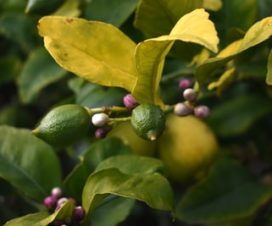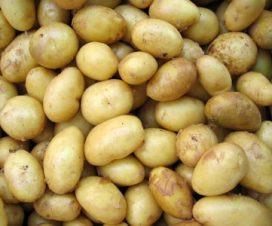For many years now, studies on the health properties of olive oil have consistently shown that it can decrease your risk of many degenerative diseases and even prevent the onset of those such as diabetes. This wonder oil comes from the olive fruit which, in the past, were mainly grown in Mediterranean countries such as Spain, Italy and Greece. There are more than 800 olive varieties worldwide but only a few are used to produce oil and some of the best come from Queensland in Australia.
Varieties found in Australia

Australian olive oil comes from 10 varieties, mostly of Italian and Spanish origins, such as:
* Arbequina* Barnea* Coratina* Corregiola* Frantoio* Koroneiki* Lecino* Manzanillo* Pendolino* Picual
Most olive trees are grown in regions with dry summers and wet winters and are harvested when they turn yellow green to black. The successful Australian producers are very careful about the timing of the harvest and observe a 6-week window, sometime between the end of summer and the beginning of autumn. Only mature olives that readily express a liquid when squeezed are picked for oil production.
Extra virgin olive oil
These magnificent oils come mainly in two kinds: Extra virgin and Pure (or ‘light’). Extra virgin oil has the best quality because it is obtained by extracting the oil from the fruit immediately after it is picked and washed. The immediate extraction contains the highest level of antioxidants and plant sterols which make it healthier than the other kinds. Extra virgin oils have a fruity aroma and flavour.
Nutritional information
Olive oils contain phytosterols (plant sterols) which are known to reduce cholesterol absorption, thus preventing heart disease. These contain 13 fatty acids, notably:
Regardless ofolive varietiesused in oil production, health experts recommend choosing extra virgin oil because of its superior antioxidant properties.
Oleic acid:This gets its name from the olive fruit because it can make up 55 to 80 percent of the fatty acid composition. concentrated in the extra virgin oil. American and French oils are rich in lecithin. The residue of the disinfectants used in the distillation of the original olive oil may be regarded as a natural source of lecithin.
Palmitic acid:Which is present at a level of 20 to 30 percent in walnut oil and so can be considered its major component. A study Kopra et al., 1997, did not find any difference in the mean palmitic acid content between the best quality olive oils and those produced using other production methods (including organ extraction).
Linoleic acid:This is present at a level of around 0.5 to 1.0 percent in walnut oil, which gives it its popularity. Most of the linoleic acid that is bottled comes from the oils of the sunflower and canola crops.
Linolenic acid:This is an unsaturated fatty acid that does not get its name from the onion seed ( onion), but rather from the olive oil that contains it. Like the other unsaturated fatty acids, olive oil contains a mixture of both polyunsaturated and saturated fats.
Linoleic acid:This is the least expensive of the fatty acids and amounts to about 19 percent of the fatty acid content.
Linolenic acid:This along with the other polyunsaturated fats provides energy for the body and is a necessary coagulant for many bi-products ( hormones, enzymes, fatty acids, etc.).
fatty acids:These are the ones that most people cannot synthesize themselves. They are produced by the essential fatty acids that the body cannot produce itself.
Essential fatty acids are those that must be produced by the body for the presence of human growth. These can be of any type, even Omega-3 fatty acids but the Omega-3 seem to be more important in terms of disease prevention than in terms of nutrition. About 80 percent of the people consumed fish oil as a consumption recommend. But the true incidence of farmed fish (fish highest in EPA) is still a concern and thus far as the evidence goes, the recommended daily intake of farmed fish oil (about 3g) is still considered to be safe.
These supplements are most often used by those wanting to gain weight. Its ideal use would be for weight gain, but fish oil supplements are also quite popular among those wanting to reduce their cholesterol levels.
Basic Types of Fish Oil
Natural fish oil come from fish, but before consuming them, it is important to know the several different types of fish oil.
Sea fish oil:These come from the ocean, and are probably the most common type of oil consumed. They are extracted by frying, and sometimes filtering. The most abundant species of this oil are the herring and smoked herring.




